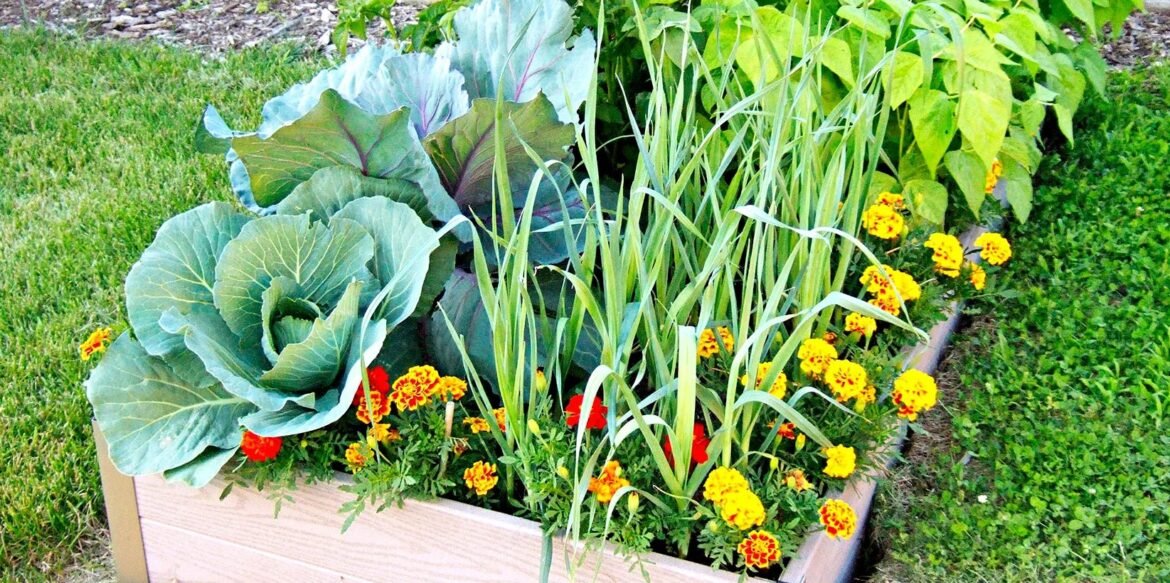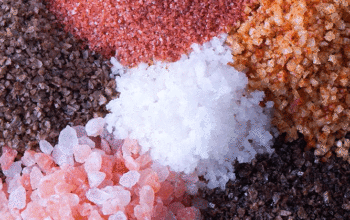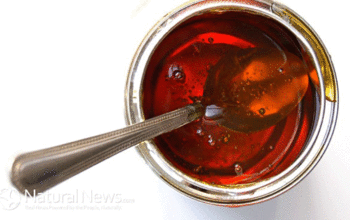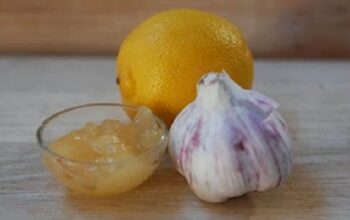Gardening is an art that requires patience, knowledge, and most importantly, impeccable timing. Understanding when to plant your vegetables can make the difference between a bountiful harvest and a disappointing growing season. Whether you’re a novice gardener or an experienced green thumb, mastering the perfect planting schedule is crucial for success.
Understanding Your Climate and Plant Hardiness Zone
Before diving into planting, it’s essential to understand your specific climate and plant hardiness zone. The United States Department of Agriculture (USDA) has developed a comprehensive Plant Hardiness Zone Map that divides regions based on average annual minimum winter temperatures. These zones help gardeners determine which plants are most likely to thrive in their specific location.
To find your zone:
- Check the USDA Plant Hardiness Zone Map online
- Consider local microclimates within your garden
- Consult local gardening centers or agricultural extensions
Seasonal Planting Guide
Spring Vegetable Planting
Spring is a season of renewal and the perfect time to start many cool-season crops. As soon as the ground becomes workable and temperatures begin to rise, gardeners can start planting vegetables that thrive in cooler conditions.
Recommended spring vegetables include:
- Lettuce
- Spinach
- Peas
- Radishes
- Broccoli
- Carrots
Pro tip: Pay attention to your local frost dates. Most spring vegetables can be planted 2-4 weeks before the last expected frost date in your area.
Summer Vegetable Planting
As temperatures warm up, it’s time to transition to heat-loving vegetables. Summer is ideal for planting crops that require warm soil and plenty of sunshine.
Top summer vegetables include:
- Tomatoes
- Peppers
- Cucumbers
- Zucchini
- Eggplant
- Corn
Key considerations for summer planting involve managing soil temperature and moisture. Mulching can help retain soil moisture and regulate temperature, protecting your plants from extreme heat.
Fall Vegetable Planting
Fall gardening offers a second opportunity to grow crops, especially cool-season vegetables that appreciate milder temperatures. Many gardeners find fall planting less challenging due to more stable weather conditions.
Excellent fall vegetables include:
- Kale
- Swiss chard
- Beets
- Turnips
- Brussels sprouts
Winter Vegetable Planting
While challenging, winter gardening is possible with the right approach. Greenhouses, cold frames, and indoor gardening can extend your growing season significantly.
Consider these winter-friendly vegetables:
- Wintergreen onions
- Garlic
- Certain herb varieties
- Microgreens
Garden Bed Preparation and Crop Rotation
Successful vegetable gardening goes beyond timing. Proper soil preparation and crop rotation are critical for maintaining soil health and preventing disease.
Crop rotation involves changing the location of specific plant families each season to:
- Prevent soil nutrient depletion
- Reduce pest and disease buildup
- Improve overall soil structure
Common Mistakes to Avoid
Even experienced gardeners can make mistakes. Be aware of these common pitfalls:
- Planting too early or too late
- Overcrowding plants
- Neglecting soil preparation
- Inconsistent watering
Remember, gardening is a learning process. Each season brings new insights and opportunities for growth.





